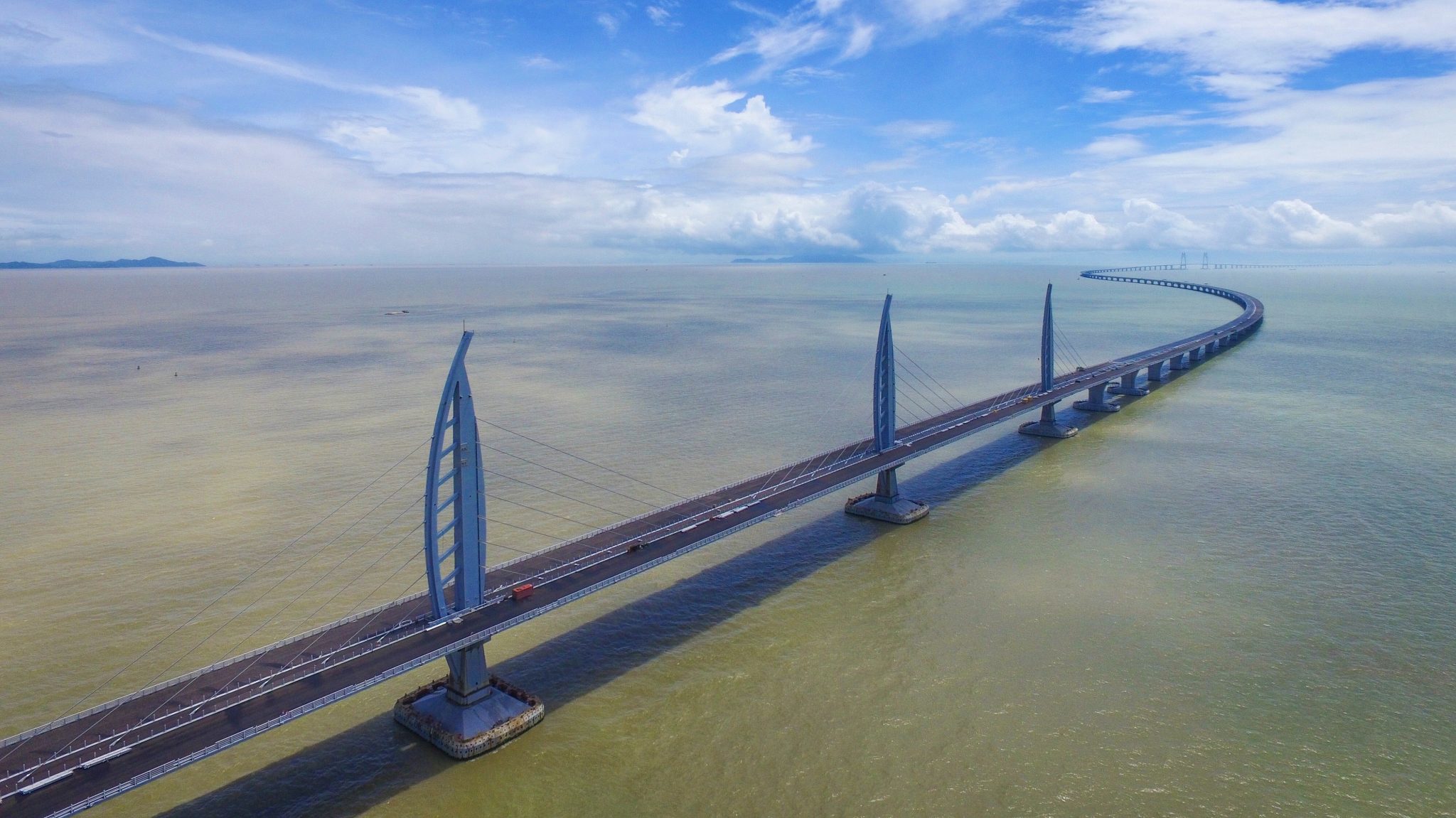From Hinterland to Blessed Land: Hong Kong Welcomes New Development Opportunities in the Greater Bay Area

Prof. Xufei Ma shares with Xinhua News Agency his views on the Guangdong-Hong Kong-Macau Bay Area. It is envisioned that the city clusters will provide mutual advantages, better regional collaborations, competitiveness and enhanced livability.
The construction of Guangdong-Hong Kong-Macau Bay Area (“Greater Bay Area”) was included in the Chinese government report for the first time. Multiple parties from Hong Kong consider the project as the next development opportunity after “One Belt, One Road” initiative. It is envisioned that the city clusters will form a new area with mutual advantages, enhanced regional collaborations, competitiveness and livability.
In an interview with Xinhua News Agency, Xufei Ma, Associate Professor of Department of Management and Director of Centre for Entrepreneurship at The Chinese University of Hong Kong Business School, shares his views on the Greater Bay Area. He believes the bay area is a natural and independent geographical location that transcends administrative barrier and presents a clear image. Also, the use of bay area concept makes comparison with other mature international bay area easier, facilitating the positioning of its development.
Bay area is a mature form of metropolitan communities. Internationally renowned bay areas include San Francisco Bay Area, New York Bay Area, and Tokyo Bay Area etc. Most of the bay area gathers innovation and finance industries, and Silicon Valley is located in the San Francisco Bay Area.
The Greater Bay Area shall comprise two special administrative regions and 9 cities: Hong Kong, Macau, Guangzhou, Shenzhen, Zhuhai, Foshan, Zhongshan, Dongguan, Huizhou, Jiangmen and Zhaoqing.
Prof. Ma considers the development idea as “stable, pragmatic, and purposeful”. Referencing internationally renowned bay areas, the project is convenient for strategic planning and differentiation. Ma owes the success of Shanghai to its close proximity to the manufacturing hub in Yangtze River Delta, which enables a seamless integration between the financial and real economy.
Another manufacturing hub is the Pearl River Delta (PRD). Hong Kong corporations need to convert the hinterland to blessed land – leveraging on the hinterland in PRD to turn its weaknesses into strengths. The industrial chain of Hong Kong is incomplete, and lacks the manufacturing industry that PRD has; the Hong Kong market is small, and PRD has a huge market.
Please click here (PDF) for more details in the original story written in Chinese.
Source: Xinhua News Agency
Date published: 9 March, 2017
Photo: China News Service

